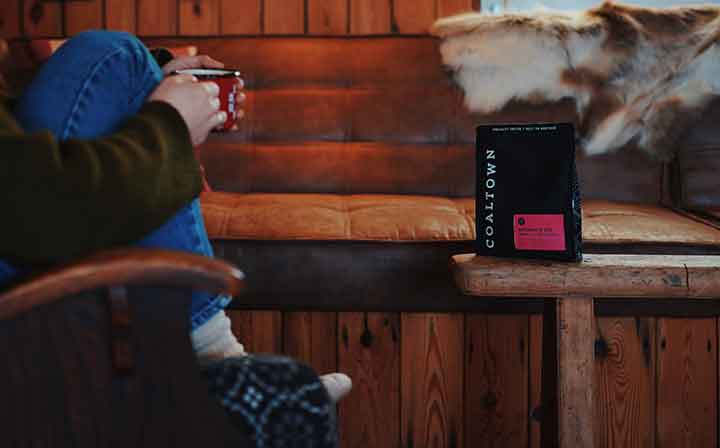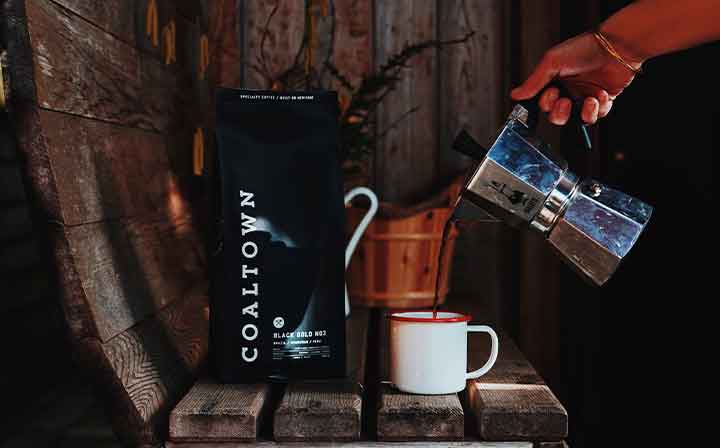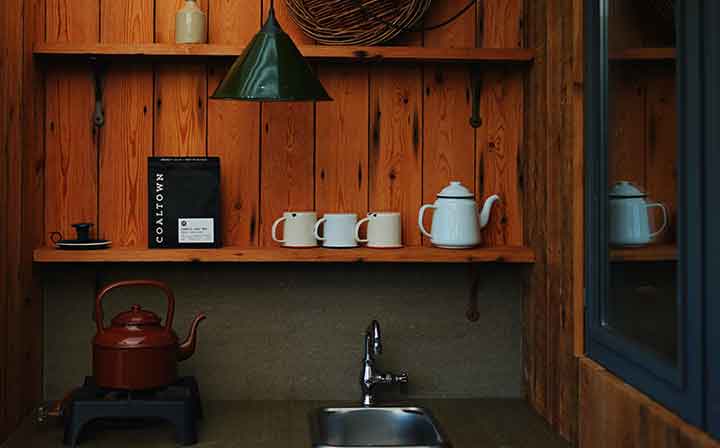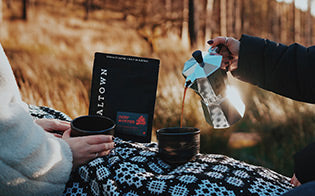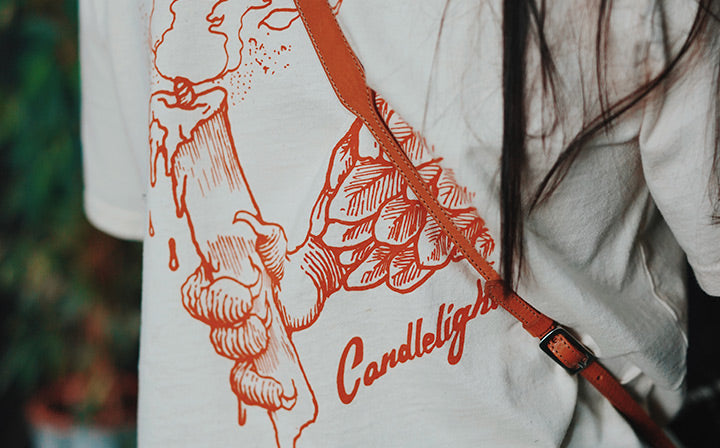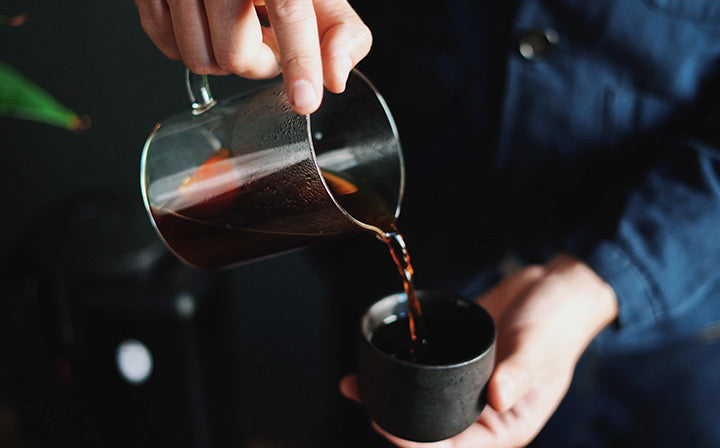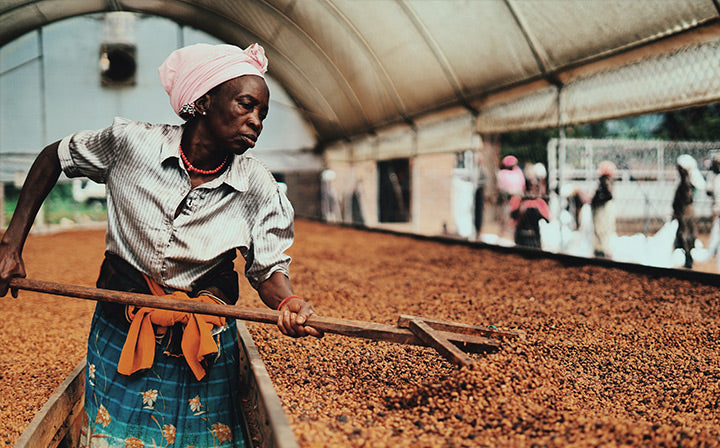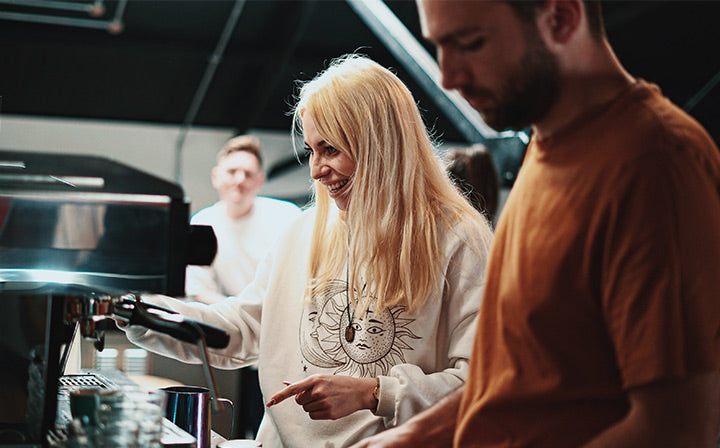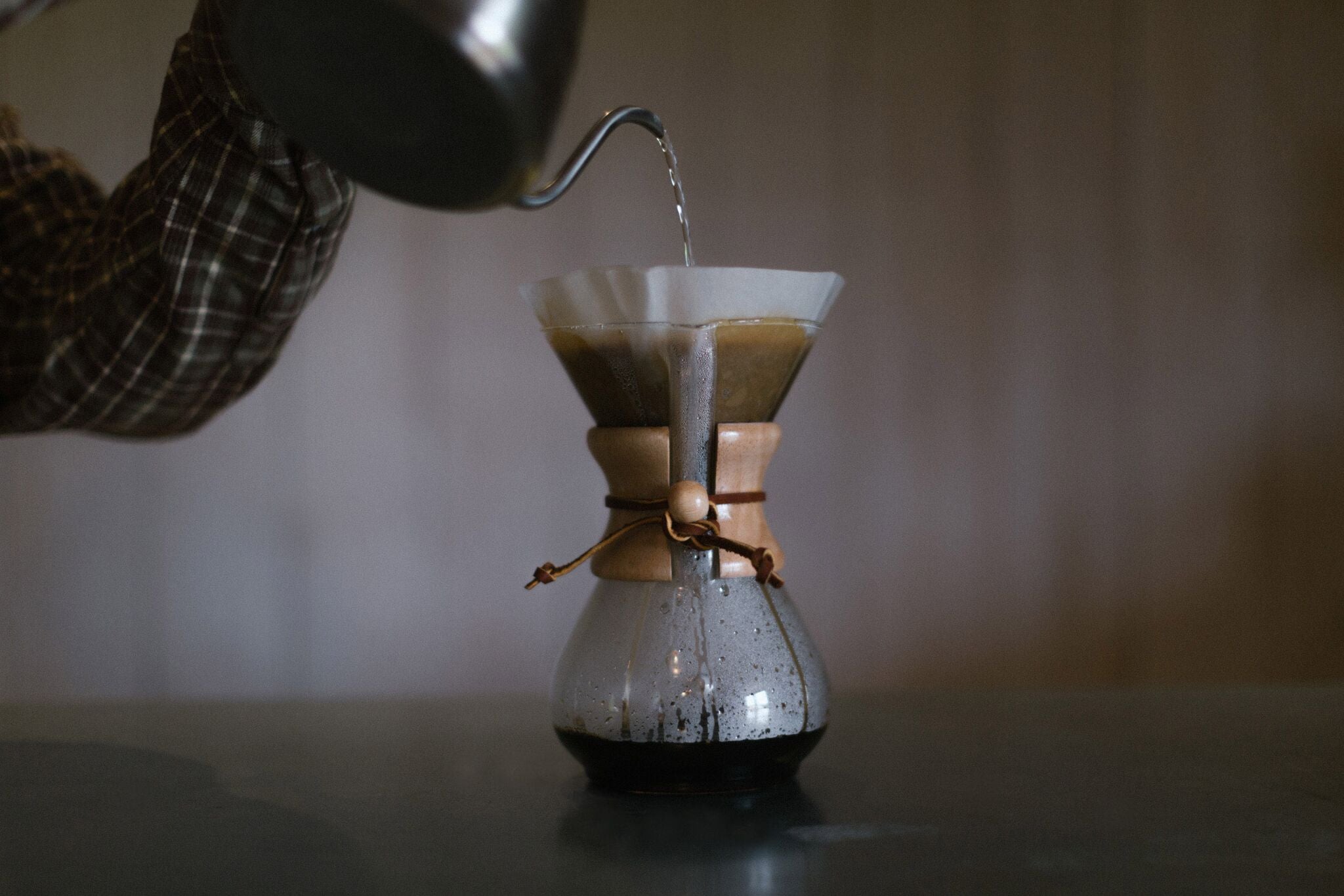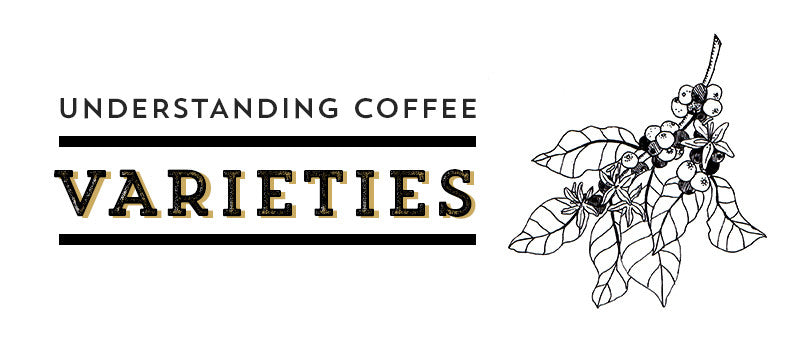
Understanding Coffee Varieties

Kaffa in Ethiopia is widely considered to be the birthplace of Arabica coffee. Research suggests that travelling herders would mix the seeds of the plant with animal fats and spices in order to sustain themselves over long periods of time. The earliest evidence of coffee drinking however, can be traced back to the 15th century when the crop was carried to Yemen and Arabia by African slaves. Sufi Pilgrims would drink a tea made from coffee cherries called 'quishr', and as the news of the beverage's stimulating effects spread, the market for it really took hold. The crop quickly developed into the beverage that we know and enjoy today.
The insatiable nature of the coffee industry has meant that the crop has changed and developed vastly over time and new varieties of Arabica are continually being cultivated.
At Coaltown we roast 100% Arabica coffee. However, few understand that from this family of coffee stem lots of unique varietals that each impact the flavour and quality of your resulting cup.
In our blog post about coffee processing, we attempted to unpack some of the information that's often given on the back of your bag of speciality coffee. This post will aim to do the same thing, allowing you to choose the best brew to suit your palate.
Here are some of the varieties you might find on the back of a Coaltown bag:
Typica
Originating in Ethiopia, Typica were the first trees known to be cultivated. The original coffee variety, other types have usually mutated or have been genetically modified from this crop. It is still widely grown today in many different countries across the coffee belt because of its reputation for producing a great cup quality, but has a relatively small yield in comparison to some other varieties.
Bourbon
Originating in the African island of Réunion, Bourbon is a natural mutation of Typica. This is a celebrated varietal in the coffee industry because of its distinctive, sweet taste. It produces a higher yield than Typica, but far less than other modified crops. There are a few variations in the colour of the fruit (red, yellow and orange, etc.), which you'll also find described on your bag of speciality coffee.
Found in: Pit Prop No1, Black Gold No3, Brazil Baixadao, Brazil Fazenda Pantano, El Salvador La Ilusion, Rwanda Huye Mountain, Sumatra Jagong Village
Caturra
Discovered in Brazil in the late 1930s, Caturra is a mutation of the Bourbon varietal. Although the crop is still grown in Brazil today, it is a very popular choice for farmers in Colombia and Central American countries because of its high yield and increase in quality in higher altitudes. The cup quality of the Caturra varietal is considered to be very good.
Found in: Pit Prop No1, Black Gold No3, Colombia Palestina, Nicaragua Finca La Cascada
Mundo Novo
Mundo Novo is a hybrid of Typica and Bourbon which was discovered in Brazil in the 1940s. It is a strong, durable crop with a high yield, and is grown widely because of this. Altitudes of 1000-1200masl are commonplace in Brazil, and so the crop thrives under these conditions.
Catuai
The Catuai varietal was created in Brazil in the 1950s by the Instituto Agronomico do Campinas. A hybrid of Caturra and Mundo Novo, it borrows the best characteristics of both and produces a very strong yield.
Found in: Brazil Baixadao
Maragogype
This mutation of Typica was first discovered in Brazil, and is very desirable in the coffee industry because of the unusually large size of its beans. Maragogype is also referred to as 'Elephant Bean' because of this. Although large in size, the crop produces a relatively low yield.
SL-28
This celebrated variety was created in Kenya in the 1930s. Like Maragogype, the SL-28 varietal also produces large beans and makes a cup with a distinct, citric, fruity flavour that's often championed by coffee professionals. This varietal is hardy, drought-resistant, and performs very well at high altitudes.
Found in: Kenya Kiamutuira
Pacas
Pacas is a natural mutation of the Bourbon varietal, and was discovered in El Salvador in the late 1940s. It has a very similar cup quality to Bourbon, and is therefore celebrated and desired by enthusiasts. The crop is also known for being low-growing, making it much easier to harvest.
Pacamara
A hybrid of the Pacas and Maragogype varieties, Pacamara was created in El Salvador during the 1950s. It is a large fruit and bean with positive cup characteristics. This varietal is often celebrated and is described as having both fruit and chocolate undertones. It is usually sourced from high terrain, making it naturally sweet.
Found in: Pit Prop No1
Ethiopian Heirloom
Ethiopian Heirloom is a wildflower variety which descended from the original, natural coffee crops of Ethiopia. This exciting variety is shaped by the soil, elevation and weather and can vary dramatically in flavour from farm to farm.
Found in: Ethiopia Warqee
Illustrations by Bronwen Bender. Visit her website here.



